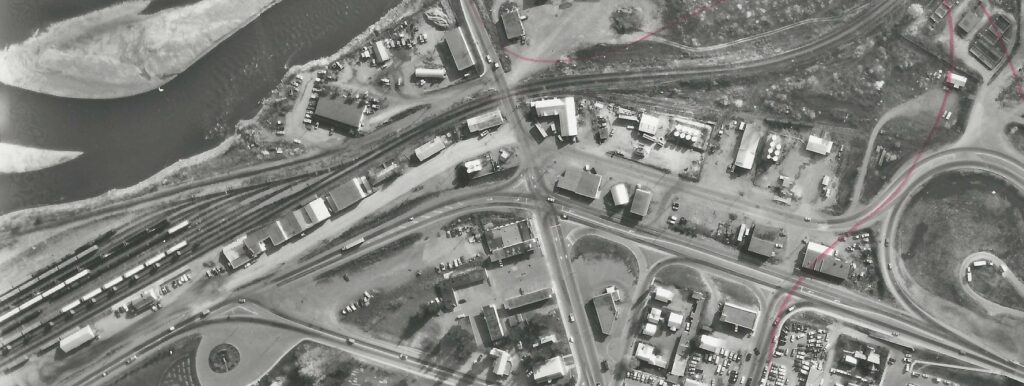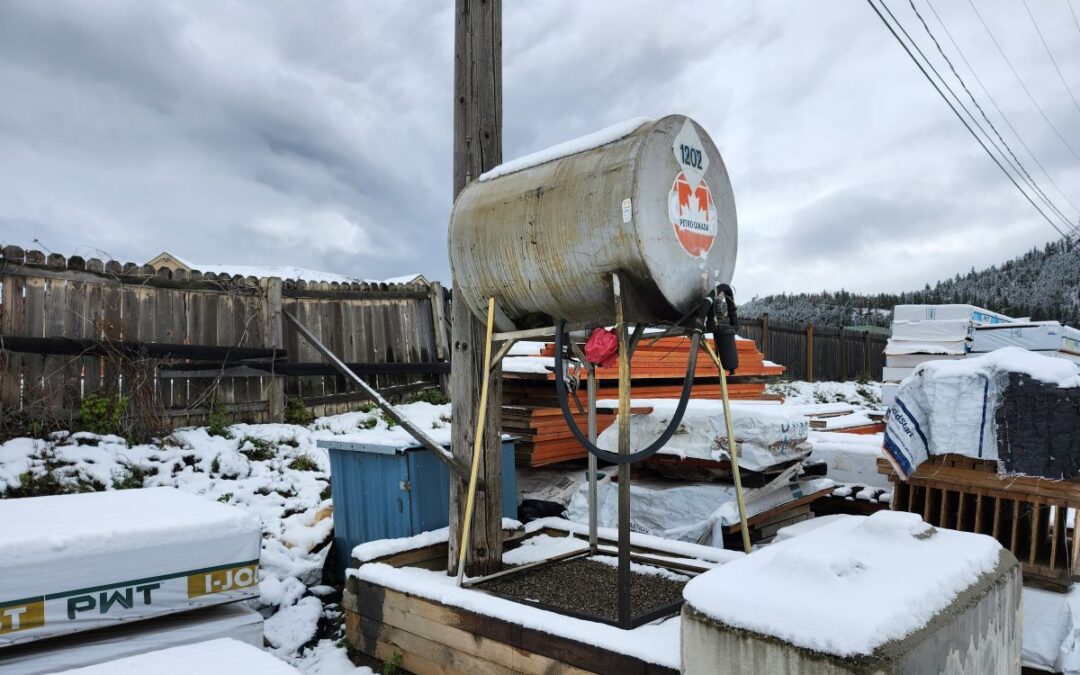Installment 3 of our Phase I ESA Educational Series
3.1 Records Review
The first major step in any Phase I Environmental Site Assessment (ESA) is a thorough Records Review. This stage helps us piece together the historical and current usage of a property, identifying past industrial or commercial operations that could present environmental risks.
Key Types of Records to Examine
- Land Titles & Property Records: Reveal ownership history, past uses, and legally registered leases. City Directories list commercial or residential occupants of a property.
- Aerial Photographs & Fire Insurance Maps: Offer visual timelines of site development and can indicate historical structures or operations (e.g., storage tanks, waste disposal areas).
- Regulatory Databases: Provide details on existing permits, enforcement actions, or known contamination issues, including data tied to the BC Contaminated Sites Regulation (CSR).
- Municipal & Regional Archives: Bylaws, planning documents, and building permits can indicate changes in land use over time.
Relevance to BC CSR
- If records show specific current or historical industrial or commercial operations, the site may be subject to additional scrutiny under the CSR.
- Certain historical activities (e.g., dry cleaners, gas stations) often trigger Areas of Potential Environmental Concern (APECs) that are specified uses under the BC CSR

3.2 Site Reconnaissance
Once the background research is complete, an on-site inspection—or Site Reconnaissance—verifies whether any visible evidence supports or contradicts the findings from the records review.
What to Look For On-Site
- Surface Staining & Distressed Vegetation: Potential signs of spills or leaks.
- Aboveground/Underground Storage Tanks: Could indicate petroleum or chemical storage.
- Waste Storage or Disposal Areas: Unmanaged waste piles or abandoned drums may signal contamination.
- Infrastructure Assessment: Conditions of buildings, paved surfaces, and drainage systems can reveal environmental issues.
In the Context of the CSR
- Observing potential contamination sources on-site may necessitate further investigation under the CSR, especially if the site is being considered for redevelopment or sale.
3.3 Interviews
Interviews with those knowledgeable about the property provide an additional layer of insight. These conversations can confirm historical activities, clarify any data gaps, and highlight unrecorded incidents.
Potential Interviewees
- Current & Former Property Owners or Tenants
- Neighbors & Local Businesses – Can offer anecdotal evidence of past site practices.
- Local Authorities & Regulators – Municipal or provincial staff may have records not readily available elsewhere.
Why Interviews Matter
- Some critical details—like undocumented spills or informal waste disposal practices—may only be known by people who live or work onsite.
- In BC, local or regional government staff might provide information relevant to CSR compliance, especially if a site has been flagged or monitored in the past.
3.4 Key Takeaways & Call to Action
- Records, Reconnaissance, and Interviews: These three elements form the backbone of a robust Phase I ESA.
- BC CSR Considerations: Properties with suspect past uses may need closer evaluation to understand if contamination may be present.
- Foundation for Next Steps: If red flags are identified, a Phase II ESA or Detailed Site Investigation might be required.
Stay tuned for our next installment, where we dive into Risk Identification & Report Preparation, explaining how Phase I ESA findings translate into actionable recommendations. If you’re unsure about your site’s environmental history—or how the CSR might apply—contact our team for expert guidance.
References
- CSA Z768-01 – Phase I Environmental Site Assessment
CSA Environmental Site Assessment Standards - BC Contaminated Sites Regulation (CSR) – Environmental Management Act
BC Laws – Contaminated Sites Regulation (BC Reg. 375/96)

